The Policy and Technology Exchange Meeting of Deepening Environmental Cooperation on Dust and Sand Storm Control in Northeast Asia for Green and Sustainable Development co-organized by Institute of Grassland Research, CAAS successfully held in Hohhot
On October 17-18, 2024, the Policy and Technology Exchange Meeting of Deepening Environmental Cooperation on Dust and Sand Storm Control in Northeast Asia for Green and Sustainable Development was held in Hohhot, China by Chinese Research Academy of Environmental Sciences, Institute of Grassland Research of CAAS (IGR-CAAS), Inner Mongolia Institute for Ecological Security Barriers Research, and Inner Mongolia Association for Science and Technology. This meeting is one of the in-depth cooperations promoting joint study on dust and sand storm (DSS) under the Tripartite Environment Ministers Meeting (TEMM) among China, Japan and Korea. Over 100 government officials, experts and scholars from China, Japan, Korea and Mongolia, as well as the representative from the United Nations Environment Programme (UNEP) attended the meeting.
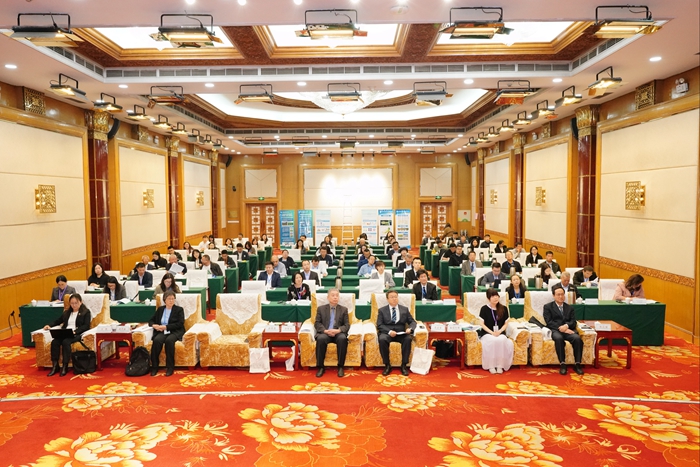
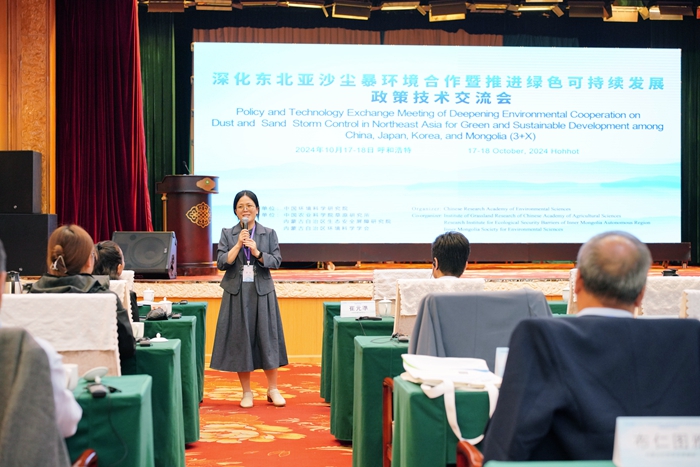
The meeting systematically reviewed and explored the efforts and methods of DSS prevention and control globally and regionally. Experts from the four countries conducted special technical reports and discussions on topics including Regional DSS Transport Characteristics and Impacts of Climate Change, Ecological Restoration Techniques and Sustainable Management in Arid and Semi-Arid Regions , as well as Regional Ecological Protection, Restoration and High-Quality Development . Prof. Li Ping held one of the topics.
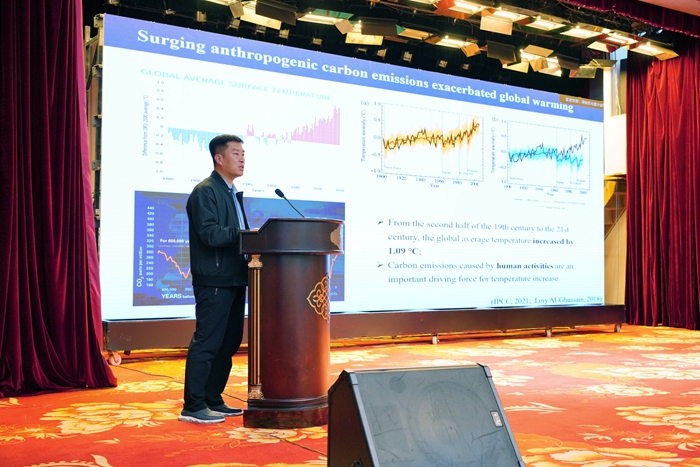
Prof. Tang Shiming, the director of Grassland Soil Health and Cultivation Center of IGR-CAAS, gave a presentation titled Carbon and Efficiency Enhancement of Grassland Ecosystem Based on Natural Solutions , he pointed out that the grassland has great potential of carbon sequestration in China, and grazing exclusion is the most effective grassland restoration measure. The grazing exclusion duration and climate together determines the carbon sequestration potential of grasslands. It is necessary to incorporate climatic variability into the development and consideration of future grassland management strategies. In future research on subsurface biodiversity-ecosystem multifunctionality, more emphasis should be placed on the study of multi-trophic levels of the soil food web and the interrelationships between different trophic levels.
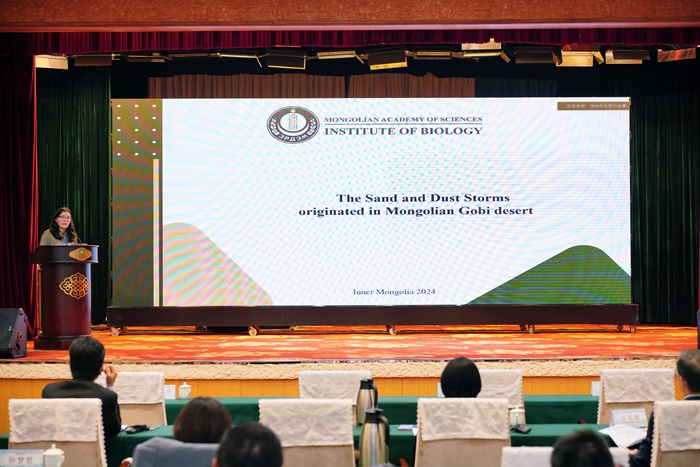
IGR-CAAS invited Dr. Adiyadolgor Turbat to give a presentation on the meeting, titled the Sand and Dust Storms Originated in Mongolian Gobi Desert . She is from the Institute of Biology of Mongolian Academy of Sciences, which is the institution of Belt and Road Initiative partner country. She stated the recent situation of DSS and ecological degradation in Mongolia. She also pointed out that bioremediation technology has significant potential for ecological restoration and management in Mongolia, and shared the cases of bioremediation technology study by Mongolian Academy of Sciences.
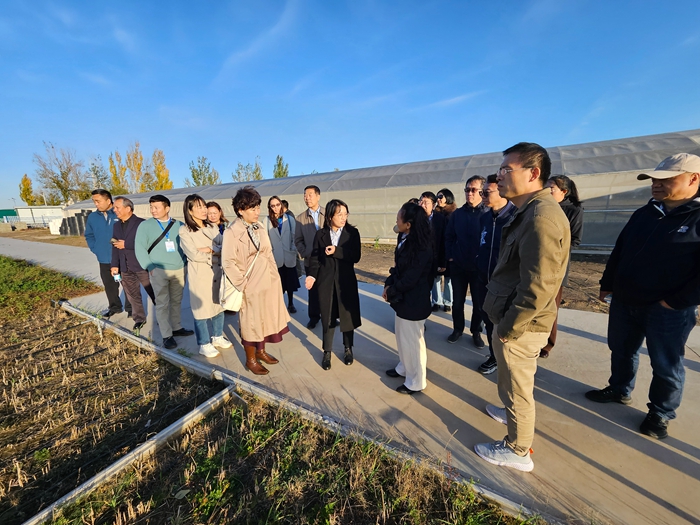
IGR-CAAS organized a site tour to the Experimental Demonstration Base in Shaerqin Agricultural and Animal Husbandry Intertwined Area of IGR-CAAS, which is highly valued by participants from the meeting.
Over 30 representatives from IGR-CAAS attended the meeting.
-
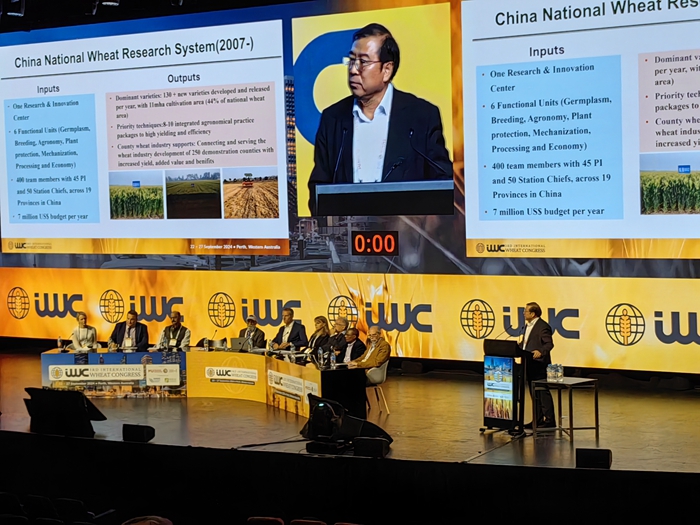 Nov 06, 2024Experts from ICS Participated in the 3rd IWC
Nov 06, 2024Experts from ICS Participated in the 3rd IWC -
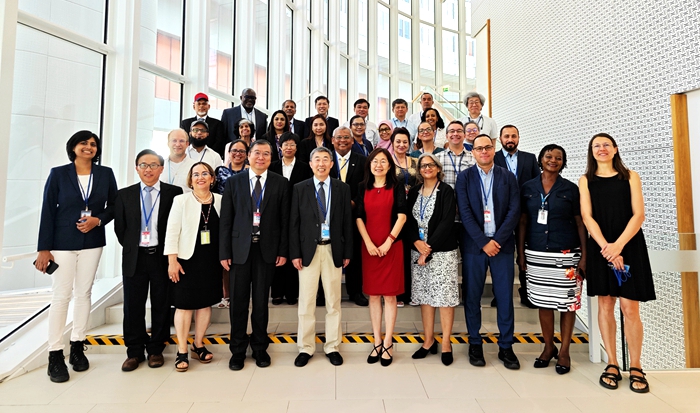 Oct 24, 2024Prof. Luxiang Liu Renewed His Term as the Chairman of the Mutation Breeding Network (MBN)
Oct 24, 2024Prof. Luxiang Liu Renewed His Term as the Chairman of the Mutation Breeding Network (MBN) -
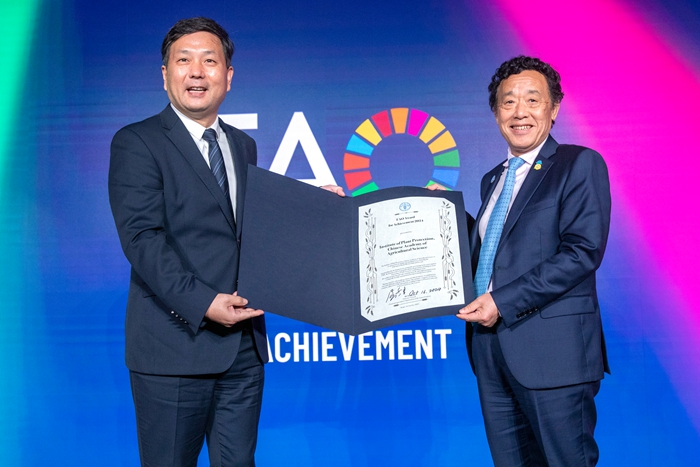 Oct 23, 2024IPPCAAS Wins the 2024 FAO Achievement Award
Oct 23, 2024IPPCAAS Wins the 2024 FAO Achievement Award -
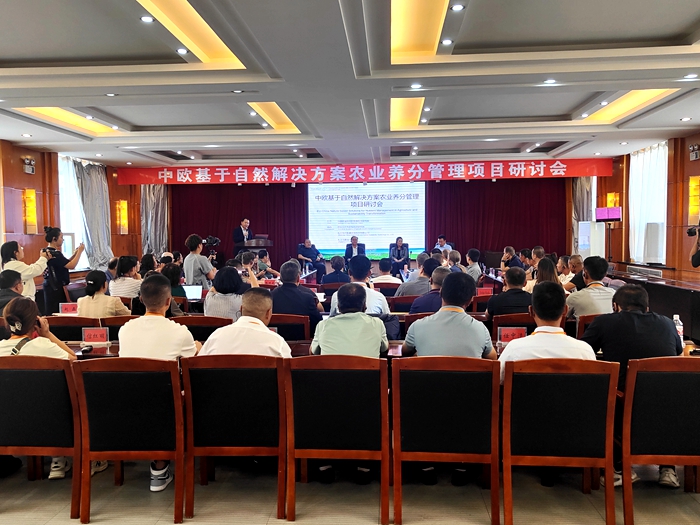 Oct 23, 2024ICS Hosted the Symposium of China-European Union Nature-based Solutions for Nutrient Management International Cooperation Program
Oct 23, 2024ICS Hosted the Symposium of China-European Union Nature-based Solutions for Nutrient Management International Cooperation Program -
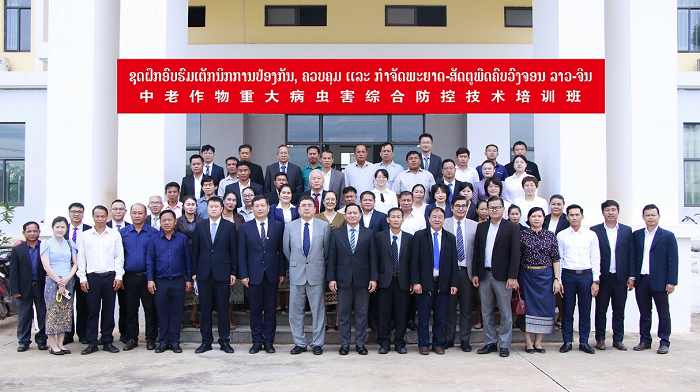 Sep 30, 2024China-Laos Training Workshop on Integrated Management of Major Crop Pests and Diseases Concludes Successfully in Laos
Sep 30, 2024China-Laos Training Workshop on Integrated Management of Major Crop Pests and Diseases Concludes Successfully in Laos
